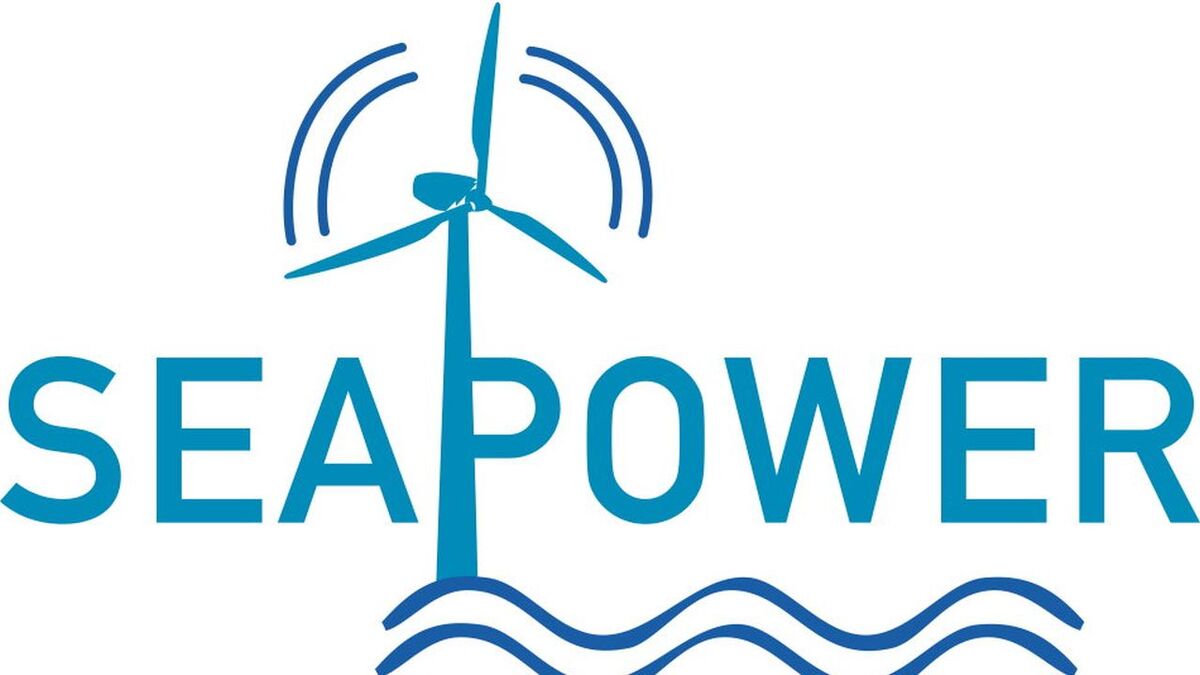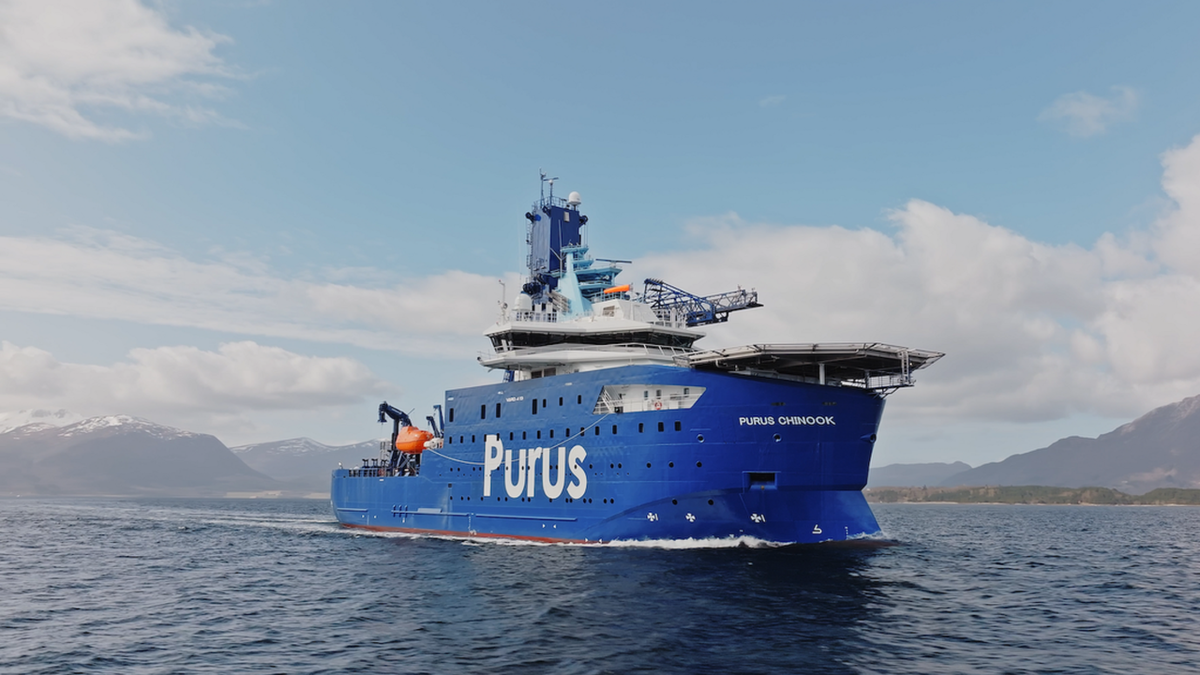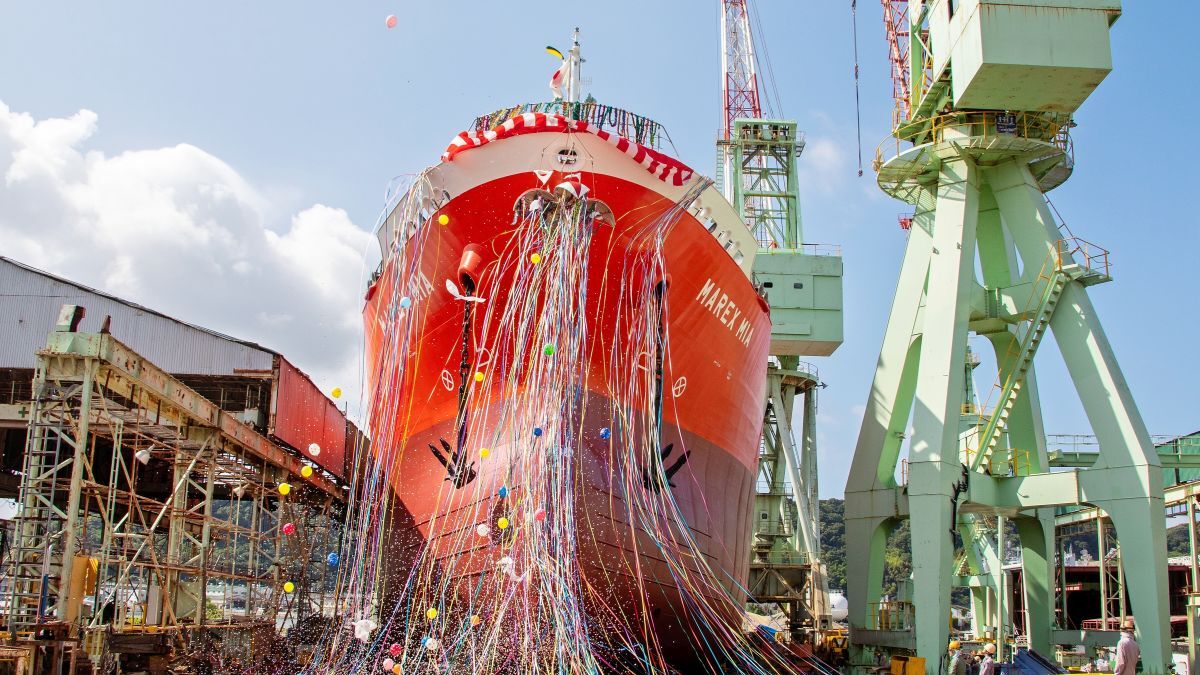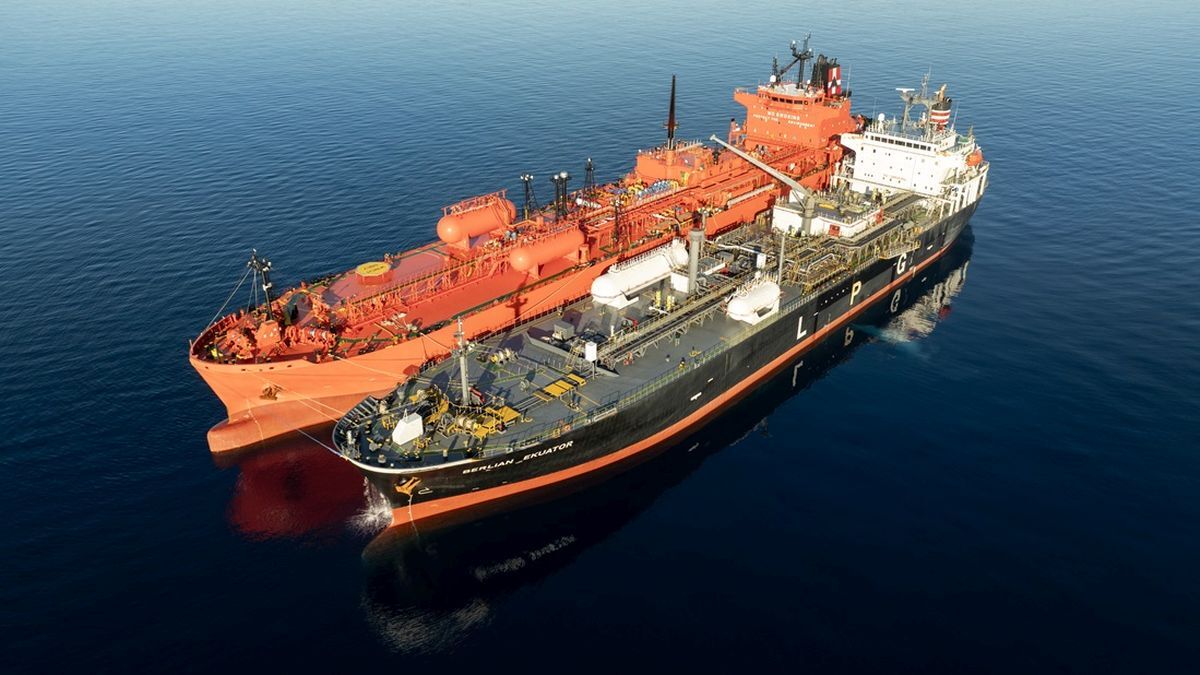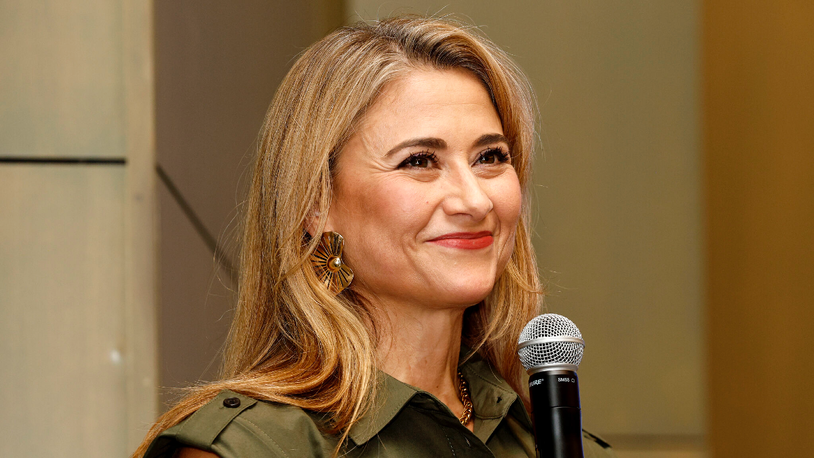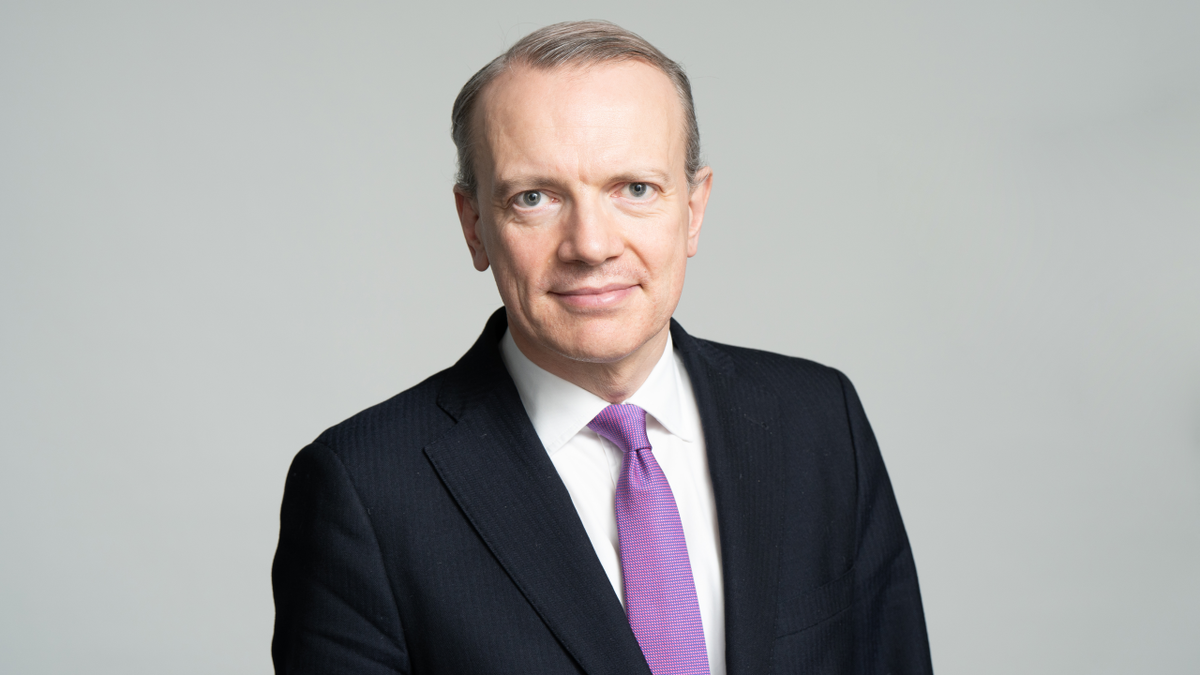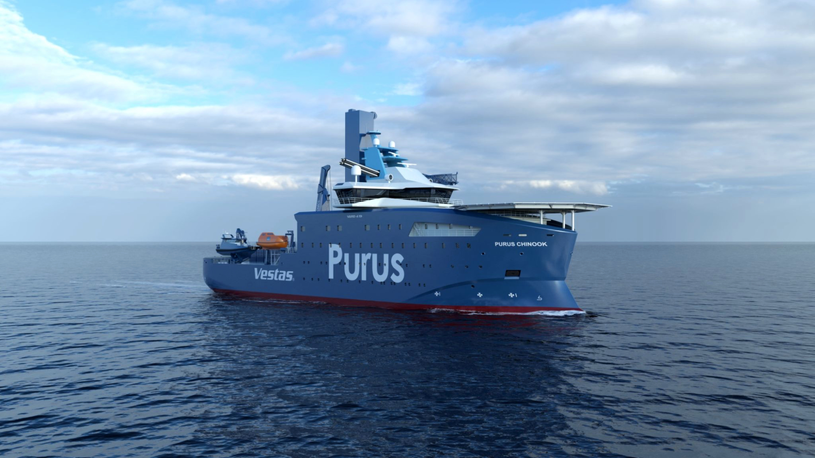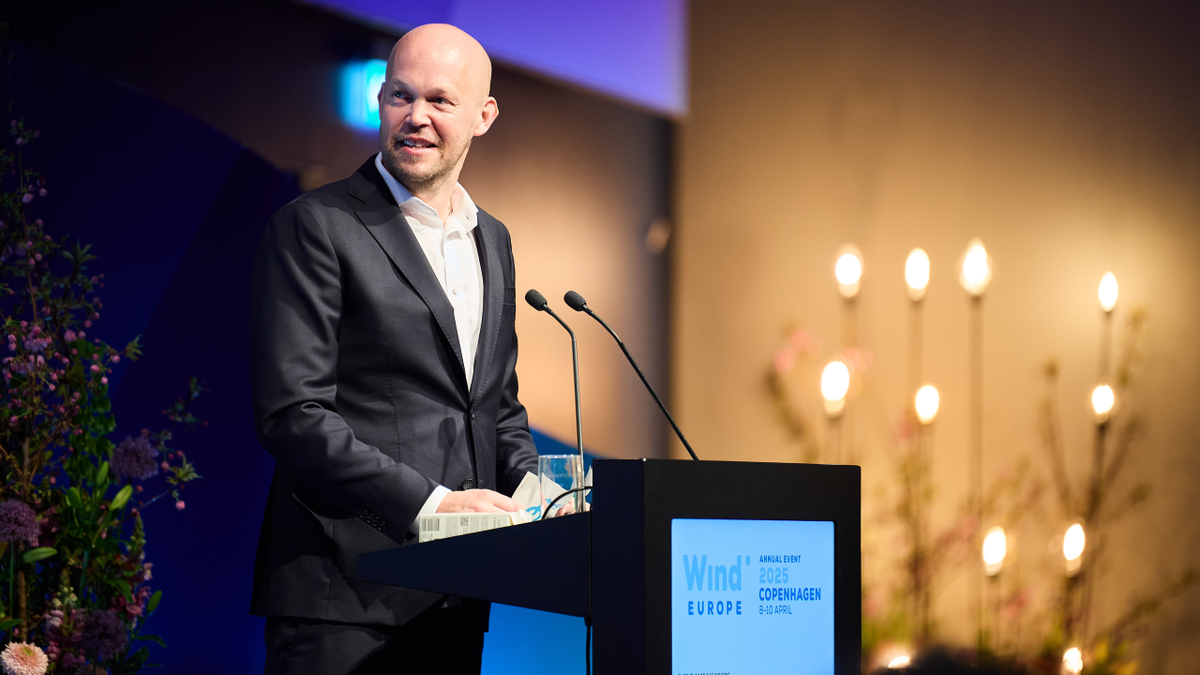Business Sectors
Events
Contents
Basque expertise provides solutions for next-generation wind turbines
The SEAPOWER consortium, a group of companies in the Basque region of Spain, has unveiled a range of solutions developed for next-generation offshore wind turbines during a three-year research and innovation project
Work on innovative solutions for foundations, towers and auxiliary systems for 10+ MW size turbines carried out during the project, which was funded by the Basque Government and European Regional Development Funds, has evolved as the size of offshore wind turbines has evolved, growing rapidly from solutions for 10+ MW wind turbines to solutions for turbines of in excess of 15 MW.
“Three years ago, when SEAPOWER was launched, the size of the turbines of the future was small in comparison with the current outlook,” a spokesperson for SEAPOWER told OWJ. “Vestas and Siemens Gamesa were offering 10-MW turbines to the offshore wind market and GE had just announced the 12-MW Haliade X, which seemed enormous at that time. Now, however, most of the turbines OEMs active in the offshore wind market have announced turbines of 15 MW or more.”
As the consortium noted, this huge increase in power and size brings with it new challenges for all of the other components in an offshore wind turbine, from foundations – fixed or floating – to the transition piece and the tower, which have to support much higher loads, and require new electrical equipment.
Nine Basque companies joined together to create the SEAPOWER consortium to address some of these issues, led by Sener, which acted as project co-ordinator. Together, they sought synergies in the development of new solutions for massive wind turbines, a process that has also had a beneficial effect on the wind power industry in the Basque region as a whole, and the supply chain as a whole. They were joined in the project by two research centres, Tecnalia and Tekniker.
Sener project manager Jorge Peña said, “The market is advancing rapidly and wind turbines have been developed that until recently seemed unfeasible. Responding to these developments, the partners in SEAPOWER have adapted to this trend and developed solutions for new, high-power wind turbines.”
In addition to co-ordinating the project as a whole, Sener also co-ordinated work on floating wind solutions and provided an in-depth understanding of the challenges of ultra-large turbines, addressing areas such as structural and dynamic calculations, integrated manufacturing and logistics, design loads, electrical design, corrosion and biofouling.
Based on this work, Sener developed the design of a new type of semi-submersible floating platform for 15-MW offshore wind turbines. Over the course of three years, it developed a basic design and calculated all of the hydrodynamics and structural parameters for the innovative floating platform, also testing the prototype at a testing tank. Some of the key features of this innovative platform include modularity; ease of construction; reduced foundation dimensions to ensure compatibility with shipyards worldwide; reduced weight; and adaptability to site conditions and manufacturing capabilities.
Another leading Basque engineering firm, Idom, developed a concept for an innovative jacket foundation, in which the whole process from design to construction and fabrication was considered with the aim of reducing capex and opex costs. The company also undertook tank testing to validate its design and a techno-economic analysis tool for the optimisation of the electrical layout of an offshore windfarm, with the aim of finding the most economical configuration.
Leading two other work packages were Haizea Wind and Navacel. Haizea Wind is well-known as a tower manufacturer. During the project, it developed an innovative tower solution, reducing costs by 11% compared with earlier products. Navacel is also well-known in the offshore wind industry as a manufacturer of structures such as transition pieces, foundations and sections for floating platforms. In the SEAPOWER project, the company developed an innovative, low-weight transition piece that is easy to manufacture. Designed to connect to Idom’s jacket foundation and the Haizea Wind tower, it is capable of mounting a 15-MW wind turbine. The transition piece is also designed to house the transformer and corrosion protection system, to save space in the tower and simplify operations and maintenance.
Nautilus Floating Solutions, one of the most experienced floating platform developers in Europe, developed an advanced numerical model for the verification of the natural modes and frequencies of XXL towers and transition pieces for floating wind turbines. Another company, Ditrel, developed an innovative electrical connection for the base of a wind turbine, specifically for floating platforms. During the project, the company validated its pre-connector for 66 kV and manufactured a scale prototype for physical tests.
Fastening solutions company Erreka adapted a bolting system for the new tower and a bottom-fixed jacket developed in the project. This bolting system has a higher mechanical performance and a specially developed flange. Jason Tower Cranes, which specialises in lifting systems for the wind energy sector, designed an elevator for use inside the tower of a floating wind turbine.
Mugape, which specialises in anti-corrosion surface coatings, developed new biofouling, corrosion and impact resistant coatings that were successfully tested in real-world conditions.
More details about all of the research and development undertaken during the SEAPOWER project will be presented at the WindEurope conference and exhibition in Bilbao on 5 April 2022.
Riviera Maritime Media will provide free technical and operational webinars in 2022. Sign up to attend on our events page
Related to this Story
AI, digital twins help design cyber-secure, green SOVs
Events
Offshore Support Journal Conference, Americas 2025
LNG Shipping & Terminals Conference 2025
Vessel Optimisation Webinar Week
© 2024 Riviera Maritime Media Ltd.


